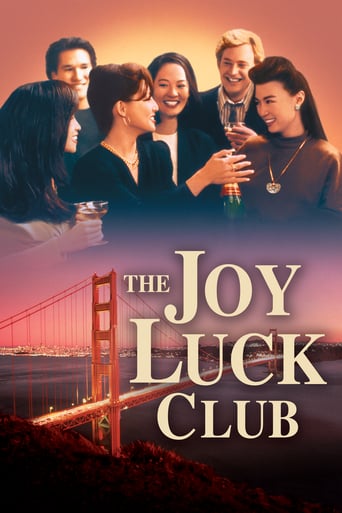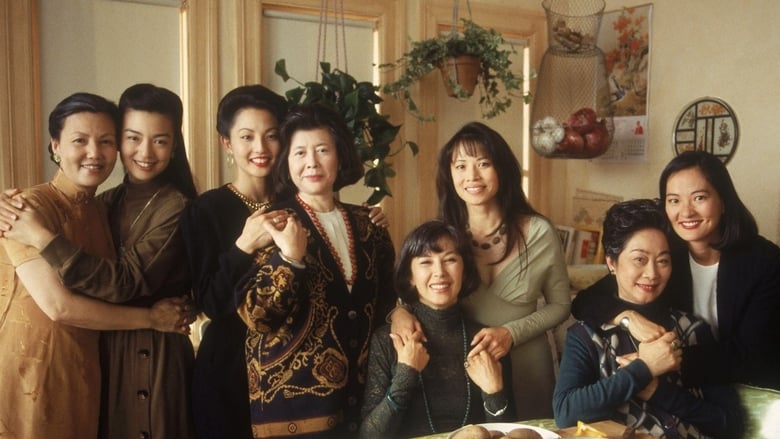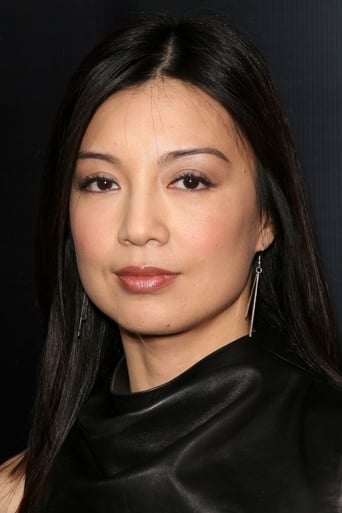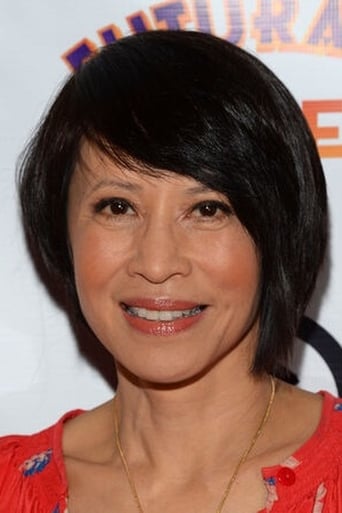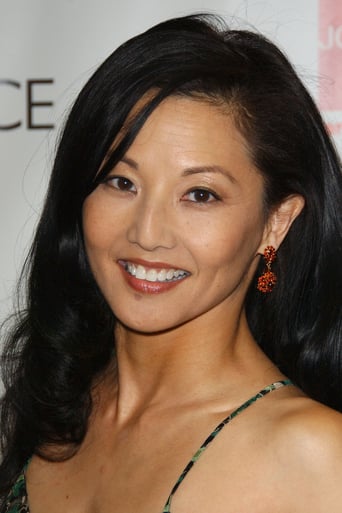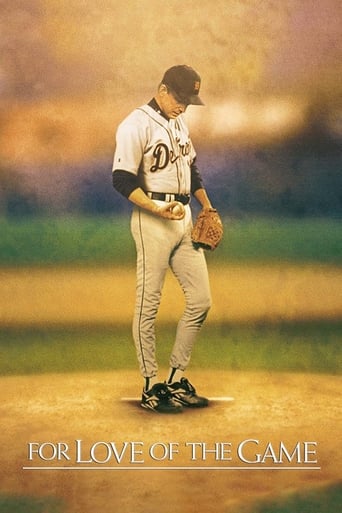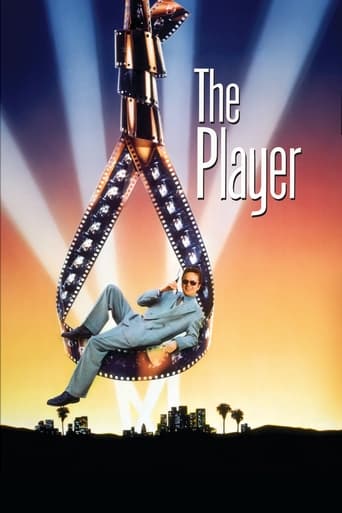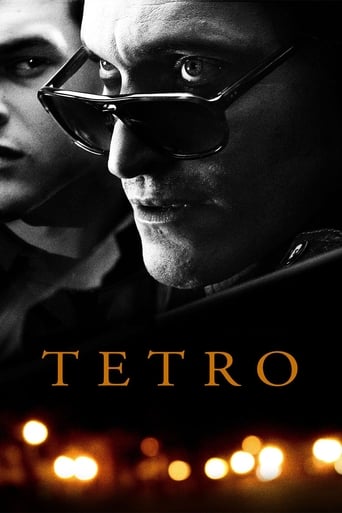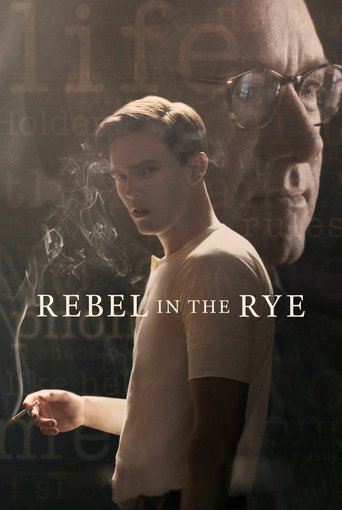The Joy Luck Club (1993)
Through a series of flashbacks, four Chinese women born in America and their respective mothers born in feudal China explore their pasts.
Watch Trailer
Cast
Similar titles
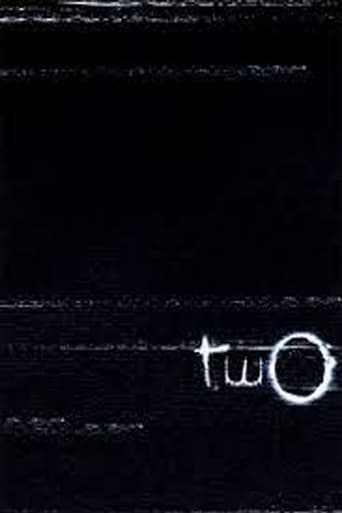
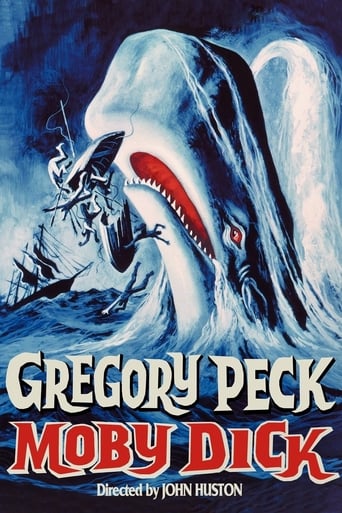


Reviews
From my favorite movies..
For all the hype it got I was expecting a lot more!
The movie turns out to be a little better than the average. Starting from a romantic formula often seen in the cinema, it ends in the most predictable (and somewhat bland) way.
The film never slows down or bores, plunging from one harrowing sequence to the next.
The Joy Luck Club is a film about the relationships between Chinese- American women and their Chinese mothers.It has a cast of Asian-American actresses such as Ming-Na,Rosalind Chao,Lauren Tom,France Nuyen,Tamlyn Tomita,Kieu Chinh,Lisa Lu and Tsai Chin. It is based on the novel of the same title by Amy Tan, who also co-wrote the screenplay with Ronald Bass.The film was directed by Wayne Wang.The film takes place in present-day San Francisco, concentrating on a group of late-middle-aged Chinese women. Ever since arriving in the United States after World War II, the women have gathered weekly to play mah-jongg and to tell stories, regaling each other with tales of their children and grandchildren, giving each other a sense of hope and renewal in the midst of poverty and hardship. The Joy Luck Club is made up of four women -- Suyuan, Lindo, Ying Ying, and An Mei. But when Suyuan dies, the three surviving members invite Suyuan's daughter June to take her place. Along with the daughters of the other members -- Waverly, Lena, and Rose -- June is a Chinese-American with only a passing interest in her rich cultural heritage. But through vignettes that switch back and forth in time, the daughters begin to appreciate the struggles of their mothers to start their families in the optimistic promise of the United States.The movie gives refreshing -- and bittersweet -- dimension to the age- old clash between generations.Four different actresses play the aunties in their youth, which sometimes keeps us struggling to keep the stories straight. That we do is a tribute about the miscommunication that separates one generation from another.Also,it is one of the most touching and moving films ever released on screen that it deserves every tear it wrenches from your eyes.Most of all,it is a great adaptation of a best-selling novel.
I was assigned to read The Joy Luck Club for this year's book report, but I was informed by several people that The Joy Luck Club was a movie, too! Not only that, but it was a classic, apparently! I can't believe I didn't know that. Anyway, I decided to give it a try. Like a prologue before I start with the book itself.I didn't like the biases that it gave to all of the daughter's husbands. It was like, somehow it showed that all Chinese men were cruel. I'm sure that not EVERY man in China is like that (or are they?)! That biased opinion of men threw me off. I also got confused with all the Chinese names and the many characters, though it was easy to understand the plot of the movie.What I liked about this movie was the hope that it gave. Friendships can last. I'm not sure if I've found friends that would stick with me until I'm old and gray. I can only hope so. This movie shows that it is possible for it to happen. The relationships shown between mothers and daughters were done splendidly. The last scene with June and her mother was sad. Granted, I didn't really feel any emotion, but I could tell somehow that it was supposed to be a heartbreaking moment.Everyone was also interconnected, somehow. It was like watching those romance films like Love Actually or Valentine's Day. The only difference was that the main topic of The Joy Luck Club was about family (specifically mother-daughter) love.I was expecting a lot, due to all the reviews that I've seen/heard. From friends to parents to adults to online reviews-- everyone said it was a great movie and it made them cry! I was wondering why I wasn't crying even in the last 5 minutes of the film. Either something's wrong with me or it's really just the movie. Or maybe it was just the time of the day. I felt that I wasn't concentrating much on it. Maybe next time.I hope that the book catches my attention more.
The Joy Luck Club shows writers the commercial and critical success that is possible by using the structures and techniques of advanced screen writing. I have long argued that the old 3-act structure is too elementary for anyone wanting to write a mainstream Hollywood script that will actually sell. Trying to write an advanced film like The Joy Luck Club with it would be laughable.Here is a film that tells the story of eight women over the course of approximately sixty years. Does this film have three acts with plot twists on page 27 and page 87? Of course not. You could try to impose such a system - and I'm sure someone will - but what good would it do? The 3-act structure was never designed to help writers create a script. Its main use has been in demarcating a script after it's written.To see how this film is put together - and how you might write a film like it - we have to look at how the seven steps of every story interact with advanced structures.Every good story is founded on seven dramatic steps: problem/need, desire, opponent, plan, battle, self-revelation, and new equilibrium. Sure enough, the first thing we notice when exploring the structure of The Joy Luck Club is that each of the eight stories works through the seven steps.Clearly some of the stories in the film fulfill the seven steps better than others. In general I found the mothers' stories more compelling than the daughters'. That may be due in part to the nature of history and geography. The mothers' stories take place in a brutally patriarchal China that is going through vast social and political upheaval. As a result, the mothers' stories have an epic canvas, and the problems these women face are more tragic and profound.The daughters, on the other hand, face the problems of the affluent American, of what has also been called the "end of history." Without the burden of war, famine, and slavery, these "modern" women are free to concentrate on the psychological, on the painful bond between parent and child, or in these cases, mother and daughter.Indeed, the biggest flaw of the film for me is that the psychological needs and self-revelations of the daughters are virtually identical. Each woman feels inadequate in the face of her mother's expectations of her. And each learns, through the help of her mother, that she is a valuable and unique individual. I don't mean to diminish the importance of this problem or revelation. On the contrary, I was overjoyed to see such a powerful feminine perspective coming from a film industry that is so excessively masculine. But the sameness of the daughters' problems makes these parts of the film drag.To see the power of this film, we must go beyond a simple seven step breakdown of each of the eight stories. The trick to this film is the way these stories are tied together. And for this, we need to look at advanced structures.Unlike the linear seven or twenty-two step structure used by almost all Hollywood films to track a single main character, advanced films require specialized structures that can tie a number of characters and stories together into an organic whole. This is a complex subject; there are over 15 different advanced structures (see the Advanced Screen writing Class), and each serves a different thematic purpose.The Joy Luck Club uses a variation of the branching structure. In branching structures, the author sets up a main trunk, then takes the story out to a series of branches that can be organized in an infinite number of ways. The problem with branching structures is: how do you sequence the branches to avoid repetition and the sense that the story is stopping and starting all the time.The Joy Luck Club strategy is to center the story within a communal event where we can meet all the characters and return after each story to get anchored. The main trunk of the story is provided by the desire line of June. She wants to visit her long-lost sisters in China. This single line creates the reason for the communal event, returns again and again throughout the story, and gives the story the ending that not only completes June's story but thematically completes the stories of the other seven characters as well.To finish reading this review and to find others, please visit http://www.truby.com/im_jlc.html
A Mahjong Game has Three Asain Women telling a Daughter the story of themselves as individuals and how their Lives fit into The Life of The Daughter's Biological Mother who has recently passed away without telling The Daughter who she really was...The Mother never forgave The Daughter for The Forgery of a Girl Guides Cookie Order Sheet which was done with a Feather Quill used for The Mother's Asian Calligraphy...The Forgery caused The Daughter's Twin Sister to commit-suicide and The Twin Sister's ReBirth caused The Mother to fall into Poor Health...The Daughter chose to "hold" The Asian Shape with her hatred of No Disney Pay Out...The Mother "erased" The Daughter and "paid" her friends to raise The Daughter...The Daughter takes The Feather which she wrote The Forgery with to Famliy Line Twin Angels so she can write her ReHab Inventory...The Last Asian ReHab Inventory Writer loses The Shape Of Caucasian...The First Asian in a New Life Cycle "opens" Asian Housing...
